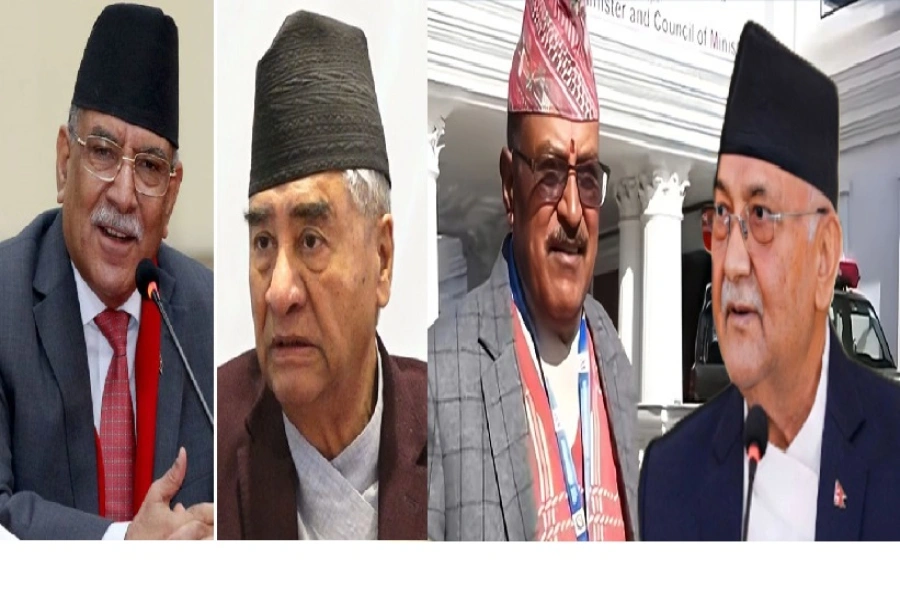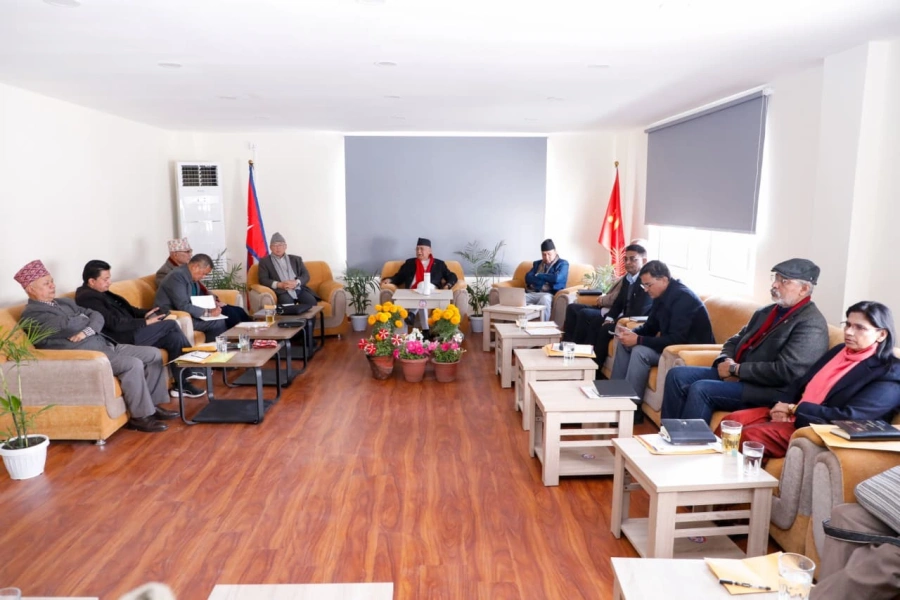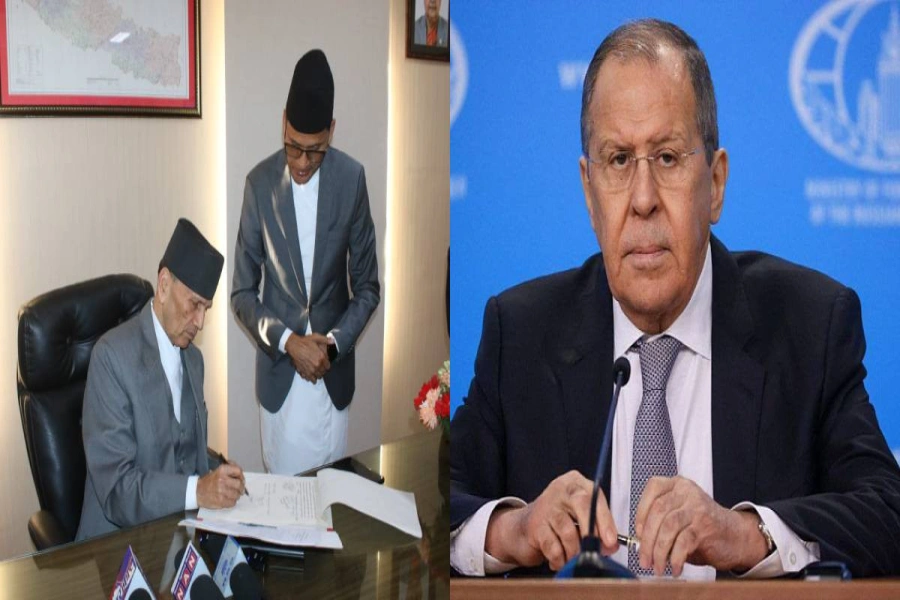India offers the opportunity to interconnect the Bangladesh, Bhutan, and Nepal electricity supply industries. The possibility of using Indian power infrastructure for electricity trade between Nepal and Bangladesh is another facet of India’s neighborhood engagement. These bonds of support, trade and economic opportunities should bind the countries, with India as a critical player.
“Alone we can do very little; together we can do so much.” These words of the American writer Helen Keller are remarkably appropriate in the context of electricity for South Asian countries. Despite the huge potential, very little cooperation among the countries in the region has been realized on electricity. Bangladesh, Bhutan, India and Nepal are known as BBIN countries. The socio-economic characteristics of these countries are very similar. Again, if desired, these countries can complement each other in the power sector.
BBIN countries have different patterns of electricity generation and demand. As a result, countries can utilize this potential to produce and supply electricity at the lowest cost among themselves. Also, this will help resolve the power shortage seen in each country. The use of renewable energy will also increase. The Indian Energy Exchange has come up with such a proposal.
Again, in February 2021, India approved cross-border electricity trade. As a result, BBIN countries can now increase power exchange and cooperation among themselves.
BBIN Motor Vehicles Agreement expected to gain momentum

India could use the Green Energy Corridor to increase hydropower imports from Nepal and Bhutan to attain the renewable energy target of 2030.
Cross-border electricity trade already exists at bilateral levels. For example, Bangladesh, Bhutan and Nepal have bilateral cooperation models with India. Bangladesh also signed a Memorandum of Understanding for hydropower import from Nepal, using transmission lines in India. Since Bangladesh, Bhutan, India and Nepal have variations in the availability of energy resources and demand patterns, exploiting the untapped potential of greater cooperation can help them generate low-cost electricity, address seasonal energy scarcity and advance the promotion of renewable energy.
These four countries have great similarities in terms of socio-economics. However, the electricity production and consumption patterns of these countries are different. For example, fossil fuel is the main method of electricity generation in Bangladesh. The country produces a total of 23,482 MW of electricity this way. On the other hand, less than three percent of the electricity generated comes from renewable sources. Besides, 1160 MW of electricity is imported from India. It is estimated that the electricity demand in Bangladesh will reach 60,000 megawatts in 2041.
In 2022, Bhutan's 'installed power' capacity was 2,335 MW. As much as 99 percent of Bhutan's national grid comes from its hydroelectric projects. In 2021, Bhutan generated 11,059 gigawatt-hours of electricity and exported most of it, or about 74 percent, to India. However, Bhutan has to import electricity during the dry season. Because the production decreases in the dry season as most projects are ROR type and the water flow decreases in the rivers. Bhutan's Department of Hydropower Systems forecasts that the country's electricity demand will increase fivefold in 2030 compared to 2022. As a result, Bhutan will have to accelerate its power generation capacity significantly in the coming years.
On the other hand, India could collectively generate 409 GW of electricity till November 2022. The country's power generation still depends on fossil fuels like Bangladesh. But the country is now increasingly dependent on other renewable energies, including hydropower. The country produces more than 166 GW of electricity in this way. Renewable energy and hydropower provide about 41 percent of India's electricity grid. India aims to generate 500 GW of electricity from renewable sources by 2030.
Nepal currently generates around 2500 MW of electricity at present. The country is 96.2 percent dependent on hydropower. Besides, there are 3.7 percent thermal power plants. Like Bhutan, Nepal also suffers from power shortages in winter. Because, at this time, the flow of water in the rivers decreases. The country will need 19,151 megawatts of electricity in 2040. Which is 8.5 times more than their current generation capacity.
Energy demand in the BBIN region varies from country to country. For example, Bhutan has high electricity demand in December, January and February. But this demand decreases from June to September. The electricity demand is high in Nepal from January to February. On the other hand, Bangladesh's electricity demand is lowest at this time of the year. The peak demand in Bangladesh is from April to June. And between November and February the electricity demand drops significantly. Some regions of India have high electricity demand from January to March or October to December.
India offers the opportunity to interconnect the Bangladesh, Bhutan, and Nepal electricity supply industries. The possibility of using Indian power infrastructure for electricity trade between Nepal and Bangladesh is another facet of India’s neighborhood engagement. These bonds of support, trade and economic opportunities should bind the countries, with India as a critical player. Acting in unison would be in the enlightened self-interest of each country in South Asia. This approach makes India a reliable partner. The power trade between Nepal and Bangladesh also reflects the active role of a silent organization BBIN. Nepal will gain from the sale, and Bangladesh will benefit from access to electricity.
Besides opening the opportunity for bilateral trade between Nepal and Bangladesh, a new opportunity for sub-regional energy trade among BBIN countries is also emerging, with India itself pushing for it. For this, transmission line connectivity alone will not be enough. There is a need for harmonized rules and regulations among the participating countries and there should be a multilateral agreement on details including the wheeling charge of electricity among the participating countries. It is hoped that Nepal and Bangladesh will widen collaboration in the power sector and include partner nations to solve the energy interdependency in South Asia.
That is, these four countries can meet each other's electricity needs at different times of the year. Nepal can generate up to 40 GW of hydropower if it wants. But they are using only five percent of their potential. Bhutan has a potential of 23 GW from hydropower but they are only able to use 10 percent of it. Bangladesh's problem is about adding renewable energy to the grid. Bangladesh can expand its renewable energy path by investing in Nepal and Bhutan.




































